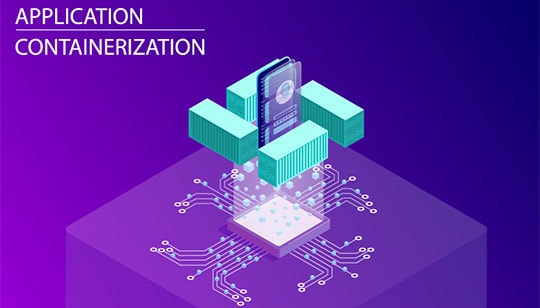What happened at the NFV Evolution virtual event?
2021-05-12 Posted by Bruno Chatras, ETSI NFV Chair 15732 Hits
A virtual event on NFV Evolution organized by ETSI in partnership with Telecom TV and sponsored by Huawei was held from 19 to 21 April 2021. The objective of the event was for the ETSI NFV Industry Specification Group (ISG) to get feedback from the industry on implementation experience with the ISG’s specifications and on future topics to be addressed in next specification releases. The event was also an opportunity for the participants to get updated on ETSI NFV’s activities, deliverables and future plans, as well as on the progress made in open source communities with regards to the convergence with the ISG’s standards. The event was held in parallel with the 34th meeting of the ISG. The choice was not accidental as this was the meeting where the ISG launched the process for collecting proposals from its members and participants on the features to be addressed within the scope of its next specification release (NFV Release 5).
The event programme featured six original presentations selected from the responses received to an open call, addressing deployment experience, new use cases and technical requirements:
- Mr. Yuya Kuno, NTT DOCOMO, presented DOCOMO’s experience in developing and operating NFV and future expansion.
- Mr. Pierre Lynch, Keysight Technologies and Ms. Silvia Almagia, ETSI CTI Technical Expert jointly presented “Measuring NFV Evolution: ETSI NFV Plugtests”.
- Mr. Borja Nogales, Universidad Carlos III de Madrid, presented “An NFV system to support service provisioning on UAV platforms: a walkthrough on implementation experience and standardization challenges”.
- Dr. Lingli Deng, China Mobile, presented “From Orchestration Towards Automation”
- Dr. Haopeng Zhu, Huawei Technologies Co., presented “Towards the future of NFV: Edge-native, Containerization, Networking-NFV convergence”.
- Mr. Gianpietro Lavado, Whitestack, presented about the advances in deployment of standardized NFV Orchestration through ETSI OSM.

 Undaunted by this situation, the technical experts at the ETSI ISG NFV continued to work tirelessly developing and delivering specifications that help get and keep “everyone/everything connected”. And the hard work paid off as ETSI ISG NFV delivered during the second half of 2020 new and updated "protocols and data model" (stage 3) specifications incorporating NFV Release 3 features.
Undaunted by this situation, the technical experts at the ETSI ISG NFV continued to work tirelessly developing and delivering specifications that help get and keep “everyone/everything connected”. And the hard work paid off as ETSI ISG NFV delivered during the second half of 2020 new and updated "protocols and data model" (stage 3) specifications incorporating NFV Release 3 features.